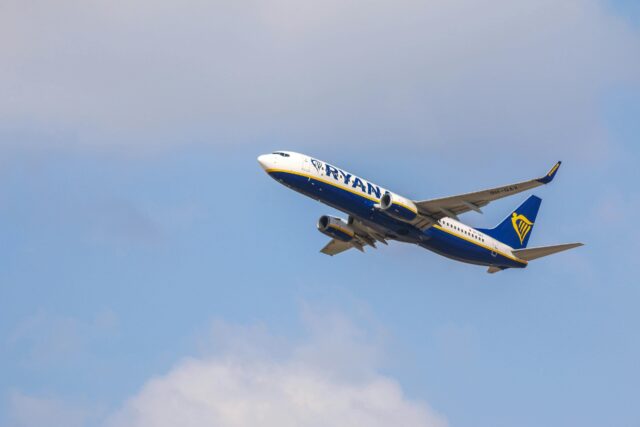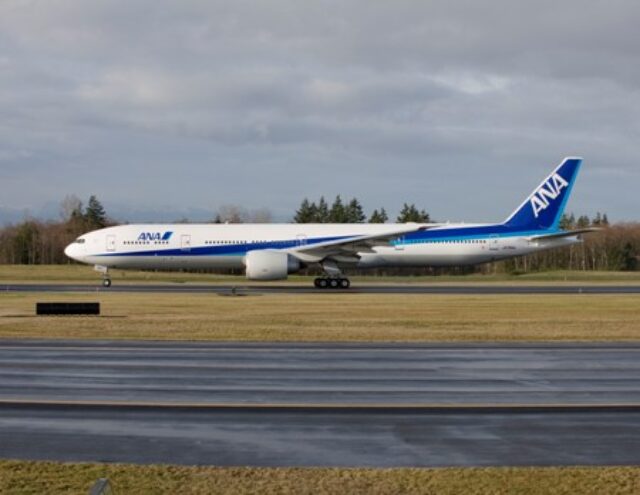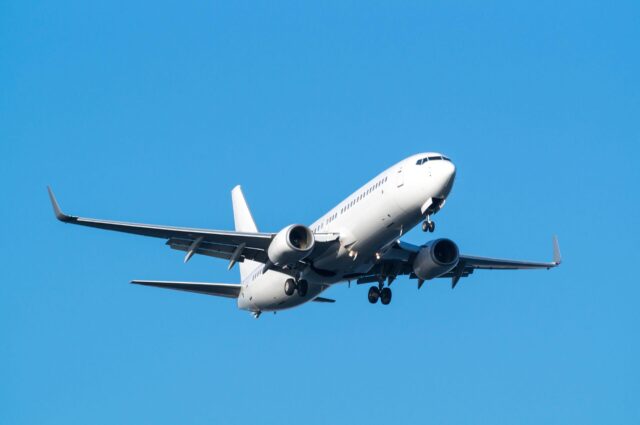China’s ‘Bohai Sea Monster’: World’s ‘most ambitious’ ekranoplan emerges
New images circulating on Chinese social media appear to show a new class of Chinese ekranoplan, a ground-effect vehicle believed to support littoral logistics and potentially amphibious assaults.
The craft…

July 8, 2025

New images circulating on Chinese social media appear to show a new class of Chinese ekranoplan, a ground-effect vehicle believed to support littoral logistics and potentially amphibious assaults.
The craft was first identified by open-source naval analyst H I Sutton, who dubbed it the ‘Bohai Sea Monster.’
China is building an ekranoplan
Photos have emerged online showing China is building an ekranoplan, also known as a ground effect vehicle (GEV) or wing-in-ground effect craft (WIG). The ekranoplan was first identified by open-source submarine warfare analyst H I Sutton.
***BREAKING*** China Builds New Large Jet-Powered Ekranoplan (WIG) www.navalnews.com/naval-news/2…
— H I Sutton (@covertshores.bsky.social) June 30, 2025 at 7:02 AM
[image or embed]
H I Sutton originally wrote about it in Naval News. He said the first image to emerge of the craft had been shared on Chinese social media. Since then, more images of the craft have appeared.
Sutton dubbed the new craft the Bohai Sea Monster in reference to the Soviet Union’s famed Caspian Sea Monster ekranoplan that had US intelligence baffled when it was first seen in reconnaissance photos during the 1960s.
This is the Ekranoplan a Soviet built vessel that flew in ground effect a great speeds. Sadly, the last one around ended up abandoned on a beach after it started sinking whilst being towed. How fast do you reckon this went ? pic.twitter.com/Q6eO3UruZt
— Scott Bateman MBE (@scottiebateman) January 1, 2024
He noted that the craft appears to be “the most ambitious Ekranoplan actually built in decades.” This craft features a flying boat hull with a distinctive T-tail arrangement with two vertical stabilisers. It has a comparatively short wingspan and four jet engines mounted above the wings.
What is an ekranoplan?
Ekranoplans are craft that blend the concepts of ships and aircraft. Skimming close to the surface of the water, they are able to take advantage of the extra lift provided by the compressed air between the wings and the water surface.
Like ships, ekranoplans are able to carry much heavier loads than regular aircraft, while enjoying the speed associated with aircraft. However, they face numerous engineering issues, not least that they can only be used in calm seas.
This is the Lun-class ekranoplan, a formerly top-secret Soviet naval vessel that could skim just above the waves at jet-plane speeds, evading radar and anti-ship mines.
— World of Engineering (@engineers_feed) August 16, 2021
📸 https://t.co/cAgtcQBlYK pic.twitter.com/Dr4GSv3hMQ
Famously, the Soviets built a range of ekranoplans, of which only the Lun-class entered service. These were treated as ships in the Soviet Union’s Caspian flotilla. Only one was completed, but it fell into disuse after the collapse of the USSR. Today, it is preserved in Russia’s Dagestan Republic.
In the early 2000s, Boeing worked on developing an ekranoplan called the Boeing Pelican UTRA (Ultra Large Transport Aircraft). The concept called for the Pelican to have a maximum payload weight of 2.8 million pounds or 1,270 metric tons. It would have been able to travel 3,000 nautical miles in ground effect. The plan never progressed past the concept stage.

DARPA, a department of the US Department of Defense responsible for developing emerging technologies, has worked on developing an ekranoplan for the US military called the Liberty Lifter.
Aviation Week reported on 7th July 2025 that the project has been canceled due to not being cost-effective or feasible.

The aircraft would have been able to sustain flight of up to 10,000 feet and a few meters above the sea surface when traveling in ground effect. The DARPA website still states it is planning for a preliminary design review in 2026 and the first flight for 2029.
Why China needs an ekranoplan
Ekranoplans have been envisioned for various roles, but the critical role the US and China are believed to be interested in is logistical support. Like the massive Chinese AVIC AG600 flying boat, the new Chinese ekranoplan is believed to be intended for littoral logistical support.
It is likely the ekranoplan would be used for rapid resupply of island garrisons and to support amphibious landings.
It is also worth noting that H I Sutton was the first to identify new special-purpose Chinese barges that appear tailor-made for amphibious assault in another Naval News piece. Shutton suggested these barges could provide China with a unique ability to offload large numbers of tanks directly onto Taiwanese roads.
From new aircraft carriers to advanced fighter jets to unique barges, increasing numbers of images are appearing of new Chinese equipment seemingly designed to support an amphibious invasion.
















